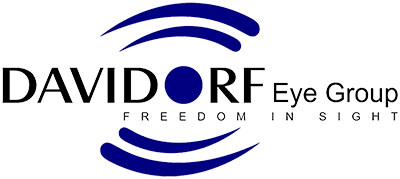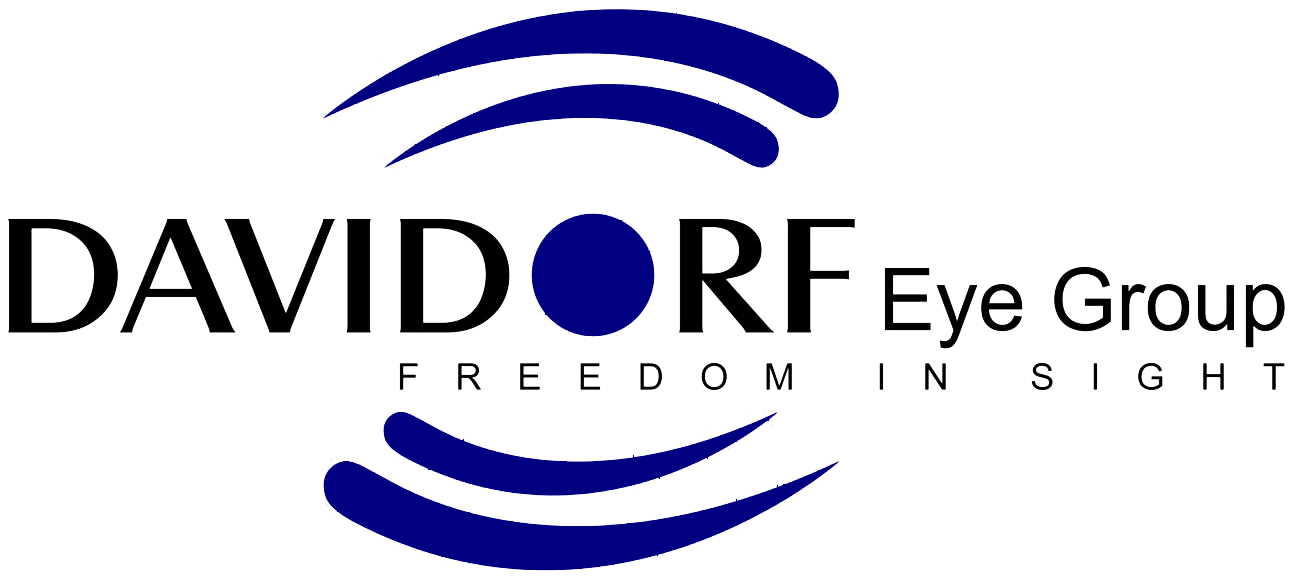Well, I just completed attending my 20th consecutive ASCRS Symposium (American Society of Cataract and Refractive Surgery), and it was the first time I didn’t have a long drive or need to board a plane; yes, it was in Los Angeles!
Twenty years – it’s a long time. My very first ASCRS meeting was in Boston. LASIK had not yet been FDA approved. The Implantable Contact Lens had not yet been FDA approved. Nonetheless, the three talks I presented at that Boston conference were entitled, “LASIK in High Myopia and Astigmatism,” “LASIK After the Learning curve,“ and “The Phakic IOL (ICL) for the Correction of Myopia and Hyperopia.” Amazingly, while the procedures have been refined (and have been FDA approved for many years), we still use these procedures regularly to help patients see without glasses/contact lenses.
This year, I delivered four presentations. Two discussed the newer lens implants that we use for patients who strive to see without glasses for distance and near following cataract surgery (ie: multifocal lenses, extended range of vision lenses – Symfony). The other two talks were about using special instruments to help measure the eye during cataract surgery in an attempt to be as accurate as possible when treating patients with astigmatism (toric lens implants) or patients with a prior history of LASIK (eyes with prior procedures done can pose extra challenges to surgeons’ lens implant power calculations). My last activity at the meeting involved joining a panel of fellow ophthalmologists during a series of presentations about lens implant power calculations. There were some very clever talks, and good discussion ensued.
For one of my talks, the Moderator of the session was none other than my mentor’s, Roberto Zaldivar’s, son, Roger, now a prominent ophthalmologist in his own right. Now that was cool. Roger was 12 years old when I came down to Argentina in 1996 to learn from his father, Roberto, about all these new procedures that we weren’t able to yet perform in the U.S. They have a world renowned eye institute in Mendoza, Argentina, started by Roberto’s father who was the first in South America to perform a corneal transplant.
Besides the big interest in the newer lens implants, the space of minimally invasive glaucoma devices continues to expand. These devices can be implanted at the same time as routine cataract surgery in order to give the fluid inside the eye a better way to exit so that the intraocular (inside the eye) pressure in lower. We’ve been using the first approved device, the i-Stent, for quite some time. Recently, another device, the Cypass, gained FDA approval, so patients will have more options.
One of the big highlights was the ASCRS Opening session which featured a moving and powerful talk by Captain Scott Kelley, the astronaut who spent over a year in Space. His talk, “The Sky is Not the Limit,” conveyed a message of pushing oneself beyond their limits, dramatically emphasized the value of teamwork, a sense of humor, and effective leadership. A lot about zero gravity’s effect on the visual system (and the whole body) was learned from Captain Kelley’s journey, lessons that will need to be heeded when prolonged space travel is attempted. We have so many patients who work in aerospace (Rocketdyne, JPL), and is, to my knowledge, the folks at Rocketdyne (a stone’s throw from our office) who built the Space Shuttles’ main rocket engines. Strong work.



